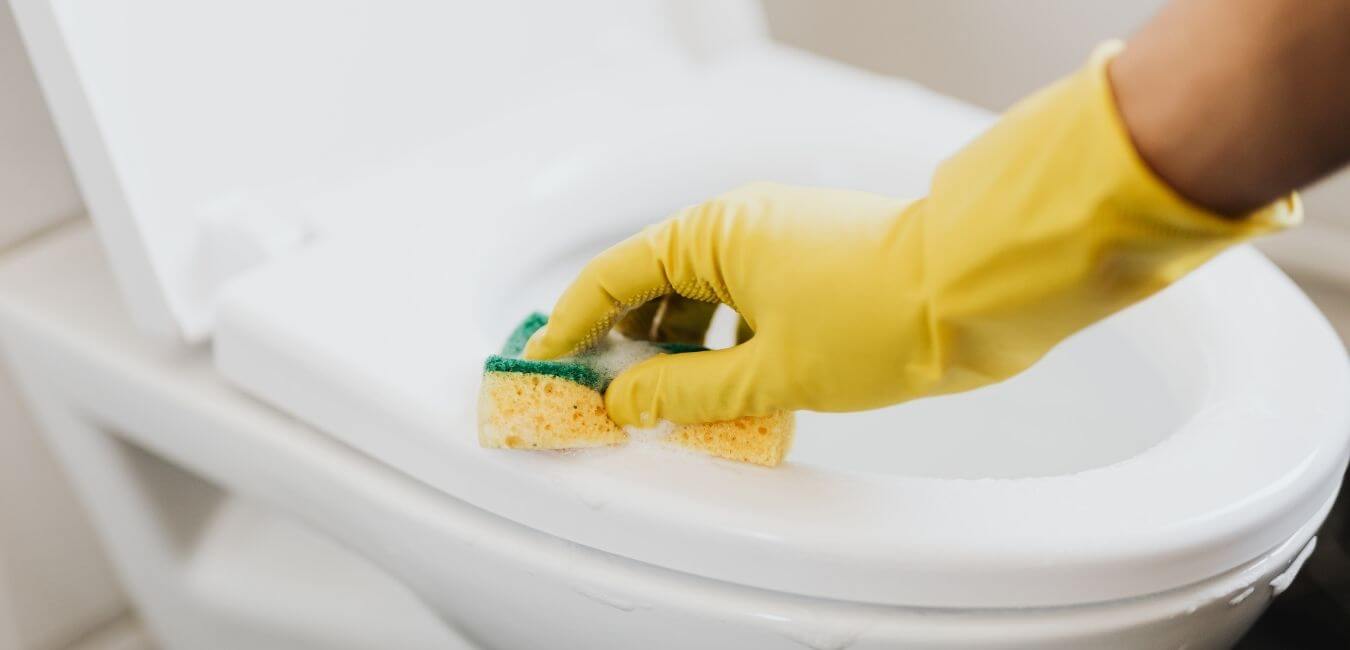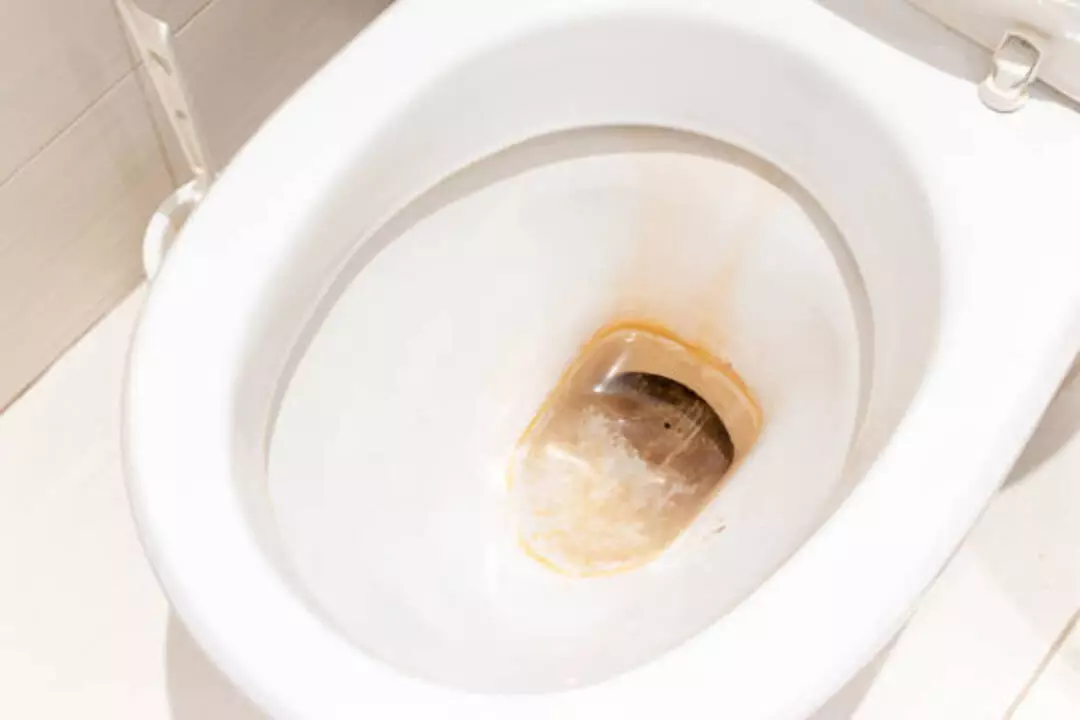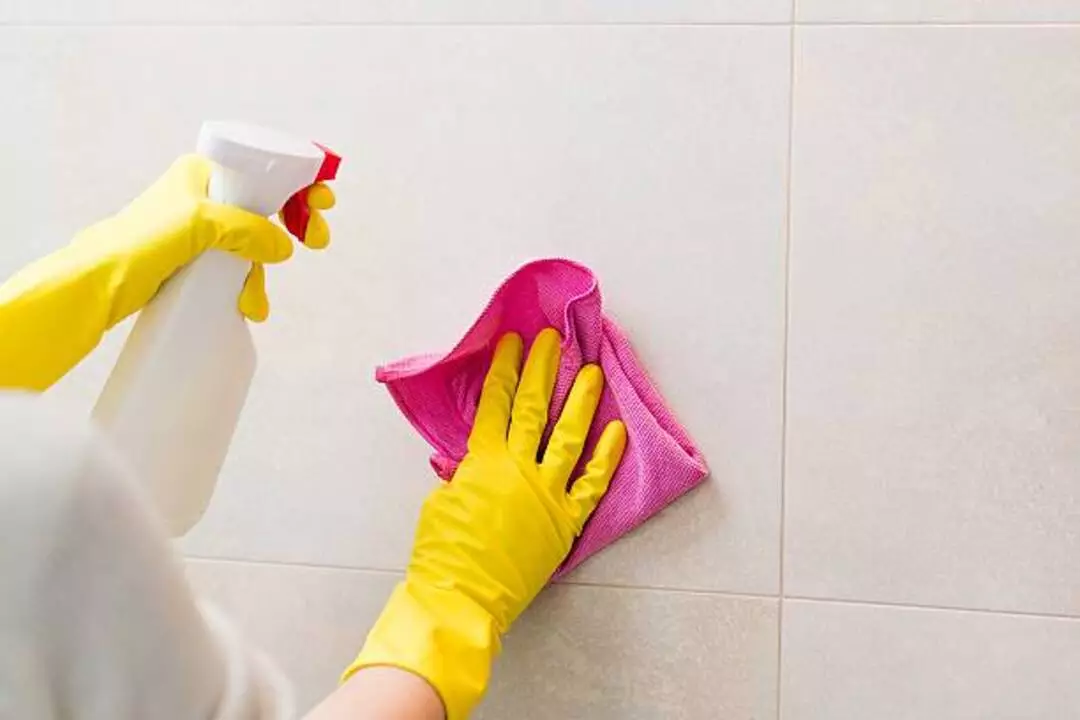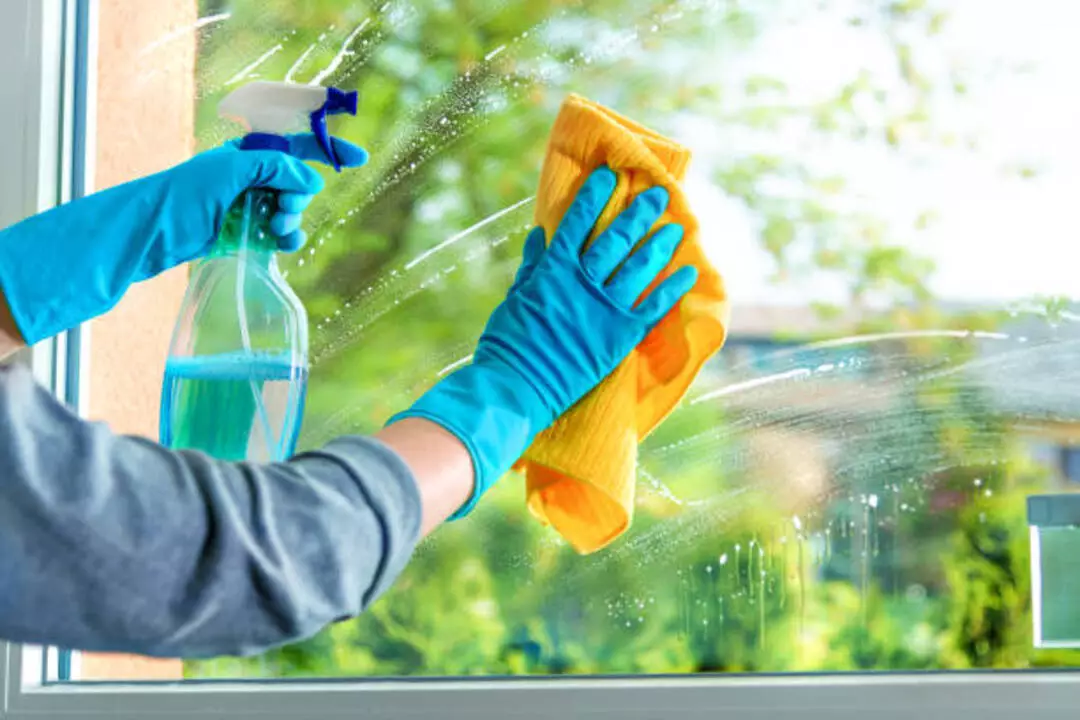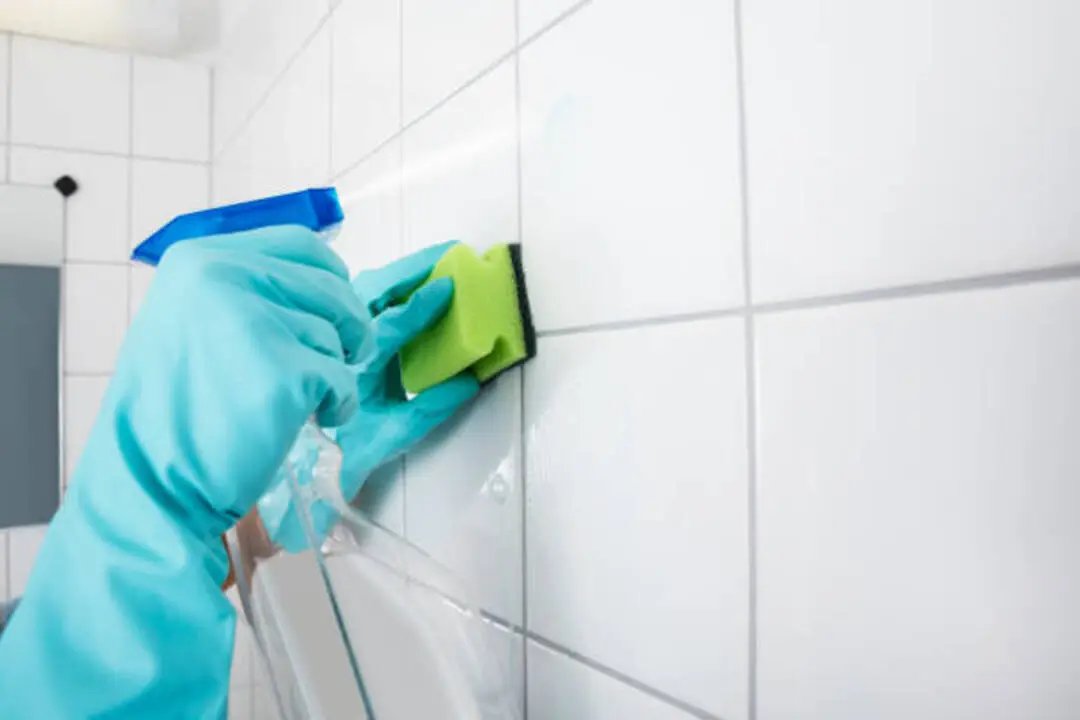Are you struggling with dust-ridden shelves full of books, crammed in every corner of your house? You’re not alone. Dust, if left unchecked, can slowly damage and degrade your precious collection over time.
In this blog post, we’ll unfold effective strategies on how to maintain large book collections by introducing smart and easy-to-follow dusting techniques. Ready to rejuvenate your beloved collection? Let’s dive in!
KEY INFORMATION
- Regularly dusting your book collection is important to prevent the buildup of dust and debris that can damage the books over time.
- Dusting helps protect books from insects like silverfish or booklice, which can feed on paper and bindings.
- Soft, lint-free cloths, a soft-bristled paintbrush, and a vacuum cleaner with a brush attachment are essential materials for effective dusting.
- Cleaning leather-bound books with leather cleaner and conditioner helps keep the leather soft and prevents drying out or cracking.
Importance of Regularly Dusting Book Collections

Regularly dusting your book collections is essential to prevent the buildup of dust and debris, which can not only make your books look dirty but also potentially damage them over time.
Prevents buildup of dust and debris
Cleaning your books often stops dust from gathering. Books can get dirty if they sit too long without cleaning. Dust may look harmless, but it is not good for your books. It can make the pages yellow and hurt the cover over time.
Also, bugs love dusty places. Your clean books will not taste good to them! So, take some time every few weeks to wipe down your book collection lightly with a soft cloth or brush.
This way, you’ll keep everything neat and tidy for years of happy reading!
Protects books from insects and damage
Regularly dusting your book collections not only removes dust and debris but also helps protect the books from potential damage caused by insects. Dust can attract bugs like silverfish, booklice, or beetles that feed on paper and bindings.
By keeping your books clean and free of dust, you can minimize the risk of these pests infesting your collection. Additionally, regular dusting allows you to inspect for any signs of damage or deterioration, such as torn pages or loose spines.
By addressing these issues early on, you can take the necessary steps to prevent further damage and preserve the longevity of your books. Remember, prevention is key when it comes to protecting your valuable collection from insect infestations and other forms of harm.
Necessary Materials for Dusting Books
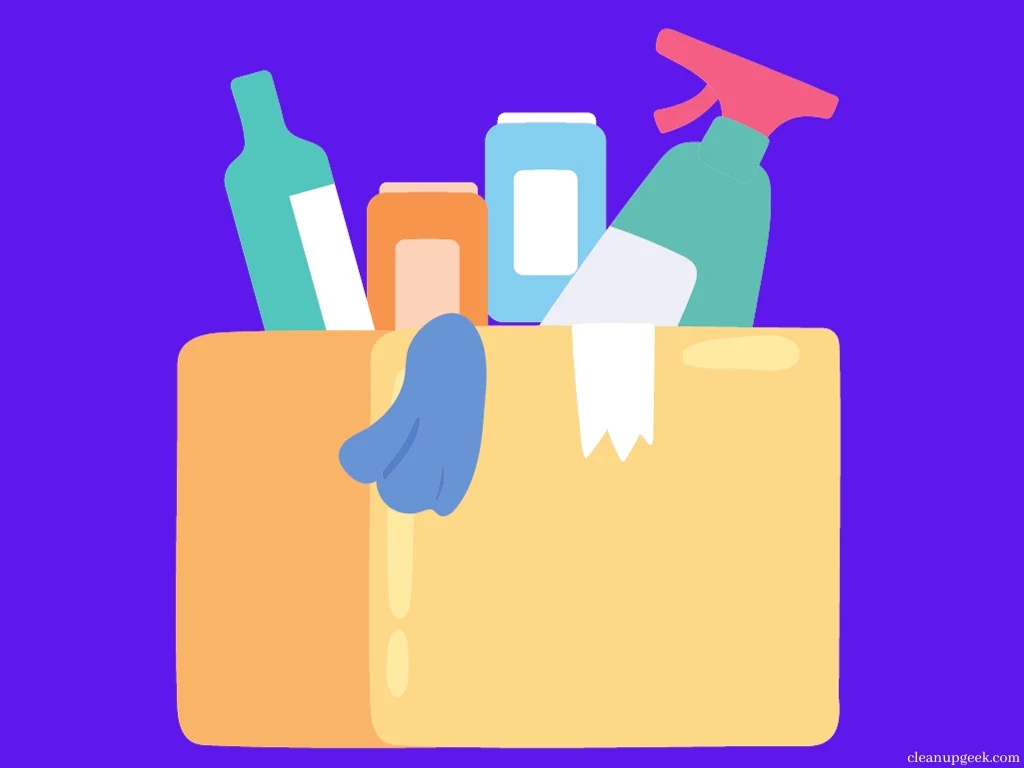
To effectively dust your book collection, you will need soft, lint-free cloths, a soft-bristled paintbrush, and a vacuum cleaner with a brush attachment.
Soft, lint-free cloths
To effectively dust your book collection, you will need soft, lint-free cloths. These clothes are essential for gently wiping away dust from the covers and pages of your books without causing any damage.
Lint-free cloths ensure that no fibers or particles are left behind during the cleaning process. They help to maintain the cleanliness and preservation of your books while preventing any scratches or marks on their surfaces.
Using soft, lint-free cloths is an important step in keeping your large book collection looking its best and prolonging its lifespan.
Soft-bristled paintbrush
To effectively dust large book collections, using a soft-bristled paintbrush can be very helpful. This type of brush is gentle enough to remove dust without damaging the books’ covers and pages.
It can easily reach into crevices and corners, ensuring that every nook and cranny is free from dust particles. The soft bristles also help prevent scratching or tearing delicate materials like leather or fabric covers.
So, when it’s time to give your books a thorough cleaning, don’t forget to have a soft-bristled paintbrush on hand.
Vacuum cleaner with a brush attachment
To effectively dust large book collections, it’s important to have the right tools. One essential tool is a vacuum cleaner with a brush attachment. This can help remove dust and debris from both the book covers and the bookshelves.
The brush attachment is gentle enough to use on delicate surfaces, preventing any damage to the books. By using a vacuum cleaner with a brush attachment regularly, you can maintain the cleanliness of your books and prevent dust buildup over time.
Remember to be careful when using the vacuum near books to avoid accidentally sucking them up!
How to Dust Book Covers
To dust book covers, gently remove dust using a cloth or brush, clean leather-bound books with leather cleaner and conditioner, and blot stains on fabric covers with a cloth and gentle cleaner.
Use a cloth or brush to gently remove dust
To effectively remove dust from your book collection, use a soft cloth or brush. Gently wipe or brush the surface of each book to get rid of any accumulated dust. This will help keep your books clean and prevent damage caused by dust buildup over time.
Be sure to handle the books with care while you’re cleaning them, so as not to cause any unnecessary wear and tear. Regularly dusting your books is an important step in maintaining their overall condition and longevity.
Clean leather-bound books with leather cleaner and conditioner
To clean leather-bound books, you should use a leather cleaner and conditioner. This will help keep the leather soft and prevent it from drying out or cracking. Be careful not to use too much cleaner or conditioner, as this can leave residue on the book cover.
Gently wipe the cover with a cloth that has been lightly dampened with the cleaner and conditioner, making sure to remove any dirt or dust. Then, use a dry cloth to buff the leather and restore its shine.
Regular cleaning of your leather-bound books will help preserve their appearance and extend their lifespan.
Blot stains on fabric covers with a cloth and gentle cleaner
To clean fabric covers with stains, you can use a cloth and a gentle cleaner. Simply blot the stained area with the cloth, applying light pressure to lift the stain. Avoid rubbing or scrubbing, as it may spread the stain or damage the fabric.
Using a gentle cleaner specifically designed for fabrics can help remove stubborn stains without causing harm. Be sure to follow the instructions on the cleaner’s label and test it on a small, inconspicuous area of the cover first to ensure it does not cause any discoloration or damage.
Taking care of stains promptly will help keep your book collection looking clean and well-maintained.
Tips for Dusting and Cleaning Book Pages

To keep your book pages clean and free of smudges, gently remove dust with a dry cloth or brush. For stubborn stains, use a soft eraser or a lightly dampened paper towel. Click here to learn more effective strategies for maintaining large book collections.
Use a dry cloth or brush to remove dust
To effectively remove dust from your books, it’s best to use a dry cloth or brush. Gently wipe or brush the surface of the book to eliminate any accumulated dust. This will help keep your books clean and prevent dirt from settling into the pages.
Remember to be gentle while cleaning, as vigorous brushing can damage the book covers or pages. Regularly dusting in this way will ensure that your large book collection stays in great condition for years to come.
Remove smudges with a soft eraser or paper towel lightly dampened with water
To get rid of smudges on your books, simply use a soft eraser or a paper towel that’s lightly dampened with water. Gently rub the eraser or towel over the smudged area until it disappears.
This method is effective in removing stains without damaging the book’s pages. Just make sure to be gentle and not apply too much pressure while cleaning. Take care to only dampen the towel slightly; excessive moisture can cause damage to the pages.
So, keep this tip in mind when you’re maintaining your large book collection!
Blot grease stains with a cloth and gentle cleaner
To remove grease stains from the covers of your books, gently blot them with a cloth and a mild cleaner. Avoid rubbing or scrubbing vigorously, as this can damage the cover. Use a soft cloth to dab at the stain, applying gentle pressure.
If necessary, you can use a gentle cleaner specifically designed for book covers. Make sure to read the instructions on the cleaner and test it on a small, inconspicuous area of the cover first to ensure it doesn’t cause any discoloration or damage.
Regularly checking for grease stains and promptly treating them will help keep your books looking clean and well-maintained.
Strategies for Preventing Damage and Keeping Books Clean
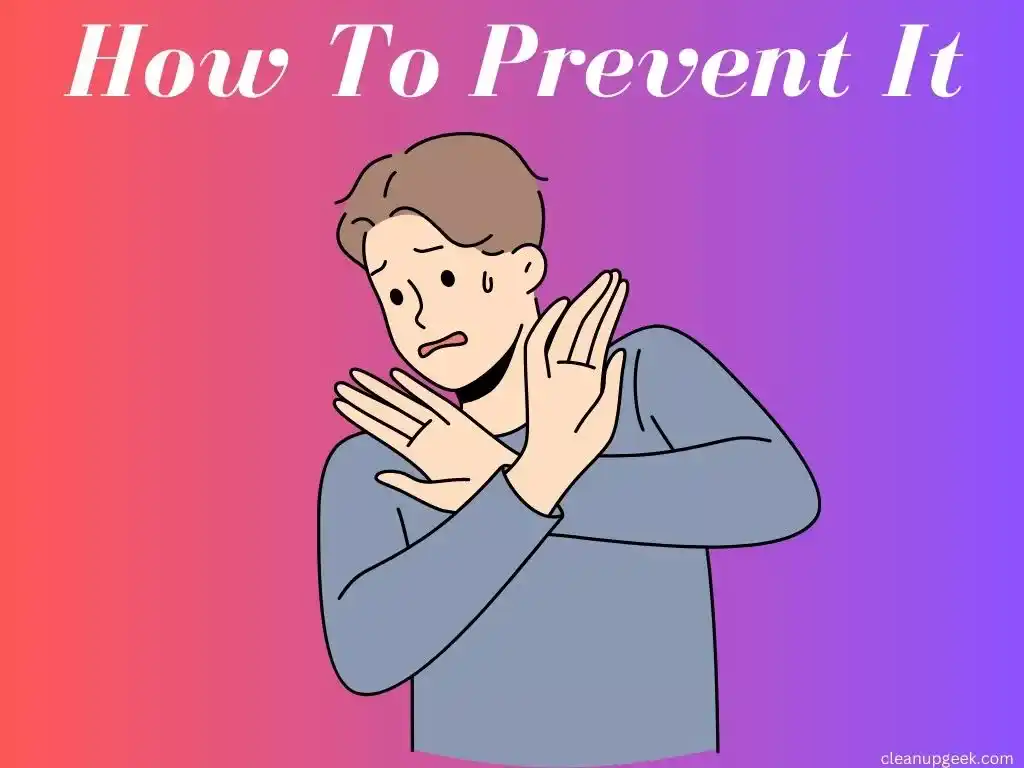
Prevent damage and maintain clean books by storing them away from direct sunlight and moisture, regularly checking for signs of insect damage or moisture, and organizing bookshelves to minimize dust buildup.
Store books away from direct sunlight and moisture
To keep your books in good condition, it’s important to store them away from direct sunlight and moisture. Sunlight can fade the covers and pages of books over time, so it’s best to place them in a shaded area or use curtains or blinds to block out the sun.
Moisture can also cause damage by promoting mold and mildew growth, as well as warping the pages. Make sure your bookshelves are in a dry location, and avoid storing books in basements or attics where humidity levels may be high.
By keeping your books protected from sunlight and moisture, you can help preserve their quality for years to come.
Regularly check for insect damage and signs of moisture
To keep your book collection in good condition, it’s important to regularly check for insect damage and signs of moisture. Insects like silverfish and booklice can cause serious harm to books, so be on the lookout for any holes or chewed edges.
If you notice these signs, take action to remove the insects and protect your books. Additionally, moisture can lead to mold growth and warped pages, so make sure to inspect your books for any dampness or musty smell.
Taking these proactive measures will help preserve the quality of your books over time.
Declutter and organize bookshelves to minimize dust buildup
To keep dust buildup to a minimum, it’s important to declutter and organize your bookshelves regularly. When there are fewer items on the shelves, there is less surface area for dust to accumulate.
Take some time to go through your books and remove any that you no longer need or want. By doing this, you’ll create more space between the books, making it easier for air to circulate and reducing dust buildup.
Additionally, organizing your books by size or genre can also help prevent dust from settling in hard-to-reach spots. Keeping your bookshelves neat and tidy will not only make it easier to find the book you’re looking for but also minimize dust accumulation over time.
Conclusion and final thoughts
In conclusion, regular dusting is crucial for maintaining large book collections. By using the right materials and following proper techniques, you can prevent dust buildup and protect your books from damage.
Remember to check for signs of insects or moisture, and keep your bookshelves organized. With these effective strategies in place, you can ensure that your books remain clean and well-preserved for years to come.
FAQs

1. What are effective dusting strategies for maintaining large book collections?
Effective methods include regular cleaning of bookshelves, preventing dust buildup, and inspecting and deep cleaning books using safe dusting tools.
2. How can I prevent dust on my books and shelves?
Prevent dust by organizing your books often and minimizing open spaces, which collect more surface dirt. Using a clean cloth to wipe down the edges helps too!
3. Can rubbing alcohol be used when maintaining my book collection?
Yes! Rubbing alcohol in small amounts is okay for safely cleaning dirty book pages without damaging them.
4. What’s the right way to deep clean my books without causing any damage?
For deep cleaning and preserving your books, first, remove any loose surface dirt or dust from covers and page edges with a soft cloth or brushes before applying gentle cleaners.
5. Are there special techniques for libraries with circulating collections?
Absolutely! For circulating library collections, it’s important to not only keep the individual books clean but also focus on overall library maintenance like shelf organization.
6. Is there a proper way to organize my bookshelf during maintenance?
When doing Bookshelf maintenance along with the cleaning processes it helps to purge old or extra copies, and reorganize according to size or topics which could help in better upkeep of your collection.



